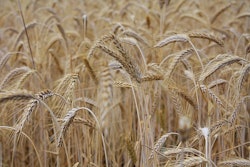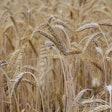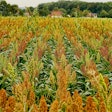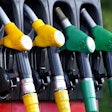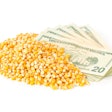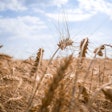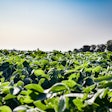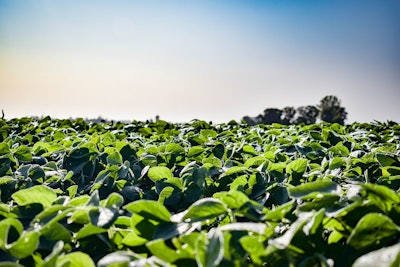
Joana Colussi, Nick Paulson, Gary Schnitkey and Jim Baltz from the University of Illinois and Carl Zulauf from Ohio State University broke down a study on Brazilin crop potential for farmdoc daily. A recent study by the Brazilian Agricultural Research Corporation (Embrapa) reveals Brazil's significant potential to boost crop production by converting degraded pastureland to cropland. The study, highlighting a possible 35% increase in production area, is set to reshape Brazil's agricultural landscape, already a global leader in commodity crops.
Embrapa's study, using geospatial databases, identifies around 70 million acres of planted pastures with varying levels of degradation suitable for agricultural conversion, without the need for deforestation. This includes approximately 26 million acres of severely degraded and 43 million acres of intermediately degraded pastures, mainly in states like Mato Grosso, Goiás, Mato Grosso do Sul, Minas Gerais, Pará, and Bahia. These areas have been identified as more economically viable for crop production than for pasture recovery due to high fertilizer costs relative to beef prices.
The study takes into account the need to preserve biodiversity through Legal Reserves, which require landowners to maintain a portion of their property as native vegetation. It suggests that the conversion of these 70 million acres, while retaining Legal Reserves, can significantly expand Brazil's agricultural output.
Another key aspect of the study is the potential for intensifying land use for second-crop corn, particularly in the Center-West region. Currently, around 40% of the soybean area in Brazil is used for second-crop corn cultivation. There's substantial room for expansion, with the possibility of doubling the corn-planted area. This growth is also being driven by the increase in corn-ethanol processing plants in states like Mato Grosso, Mato Grosso do Sul, and Goiás.
However, climatic limitations in southern regions like Paraná restrict the potential for double cropping with corn, where soybeans are typically followed by wheat or other winter crops.
This expansion potential, both through converting degraded pastures and intensifying current crop lands, positions Brazil to significantly increase its agricultural output. The study also highlights the importance of considering logistical challenges, market dynamics, and environmental sustainability in this growth.
Colussi, J., N. Paulson, G. Schnitkey, C. Zulauf and J. Baltz. "Potential for Crop Expansion in Brazil Based on Pastureland and Double-Cropping." farmdoc daily (14):69, Department of Agricultural and Consumer Economics, University of Illinois at Urbana-Champaign, April 9, 2024. Permalink





